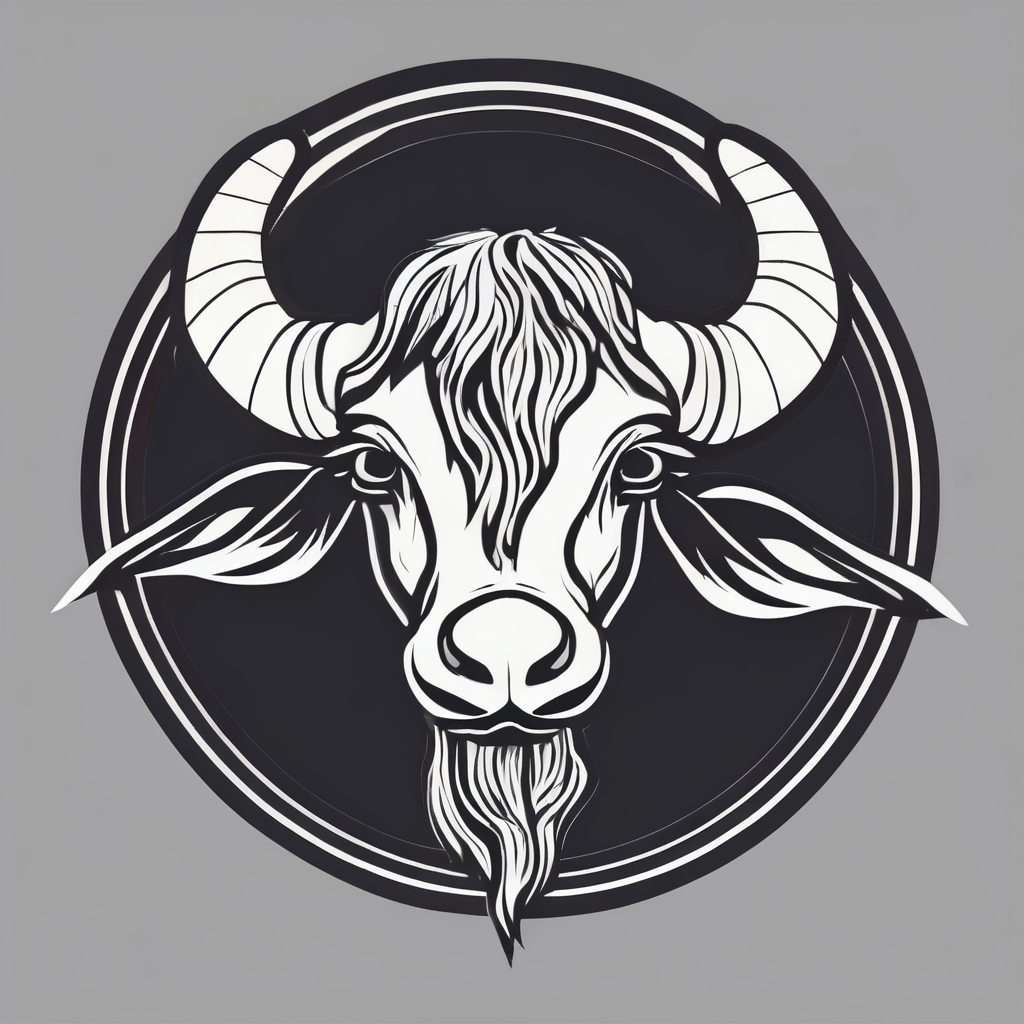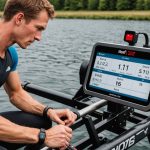Understanding Plyometrics in Wrestling
Plyometric training is a cornerstone of athletic preparation for wrestlers, enhancing not just agility but also explosive strength. Plyometrics involve exercises that emphasize rapid and powerful movements, crucial for executing efficient wrestling techniques.
In wrestling, explosive strength is vital for successful takedowns. Plyometric exercises help improve the explosiveness required to perform rapid movements, making athletes more competitive. These training routines enable wrestlers to execute techniques with greater efficiency, thus reducing the energy expenditure during matches.
In parallel : Refining Harmony: Designing the Ultimate Training Plan for UK Capoeira Enthusiasts
Various key plyometric movements focus on distinct aspects of wrestling performance. Box jumps, for instance, are an excellent way to develop lower body explosiveness, pivotal when pushing off the mat. Plyometric push-ups enhance upper body strength, crucial for maintaining control and power during grappling and takedowns. Meanwhile, depth jumps are tailored to increase both reactive strength and speed, vital skills for quick maneuvers.
By integrating these plyometric exercises, wrestlers not only build explosive strength but also refine their wrestling techniques. This blend of power and skill is essential for wrestlers aiming to excel in competitive environments. This training methodology not only improves performance but also safeguards against fatigue, ensuring sustained competitiveness.
Have you seen this : Mastering Grip Power: An Ultimate Weight Training Guide for UK Wrestlers
Key Plyometric Exercises for Wrestlers
Plyometric exercises are essential for enhancing strength training and agility drills among wrestlers. They target specific muscle groups to improve performance in the ring. While many exercises cater to various aspects of wrestling, some movements are particularly beneficial:
Box Jumps
Box jumps are a powerful exercise in plyometric training. Executed properly, they develop lower body explosiveness, increasing a wrestler’s agility and power. Athletes start by standing in front of a sturdy box, bending their knees slightly, and jumping onto the box, landing softly to absorb shock. By engaging both the legs and core, wrestlers can improve their jumping ability and speed off the mat. Variations like alternating single-leg jumps can cater to different skill levels, adding challenge and interest.
Plyometric Push-Ups
These enhance upper body strength, a crucial component for effective takedowns. Begin in a standard push-up position, lower down, and push up explosively to lift your hands off the ground. This movement builds power essential for maintaining control during grappling. Integrating plyometric push-ups into a wrestling workout routine provides a competitive edge.
Depth Jumps
Depth jumps focus on reactive strength and quickness, critical for in-match manoeuvres. Jumping off a box and rebounding immediately upon landing engages fast-twitch muscle fibres, thus improving speed and response time. Ensure a soft landing to prevent injury, maintaining safety while enhancing athletic prowess.
Designing a Plyometric Training Program
Creating a comprehensive training program tailored for wrestlers requires understanding of plyometric fundamentals. Plyometric exercises should be incorporated thoughtfully into a workout schedule, emphasising explosive movements that aid in wrestling conditioning. A well-structured regimen not only hones explosive strength but also optimises skill execution.
Principles of designing an effective regimen include balancing exercises for all major muscle groups. It’s crucial for wrestlers to undergo plyometric training at least twice a week, ensuring ample recovery between sessions to prevent fatigue and injury. For optimal results, mix high-intensity exercises, like depth jumps, with moderate drills, such as plyometric push-ups, fostering both power and endurance.
Incorporate recovery strategies, such as stretching and foam rolling, post-workout to enhance muscle flexibility and minimise soreness. Wrestling conditioning significantly improves when trainers focus on both aerobic and anaerobic conditioning to maintain peak performance levels during matches.
Include programming adjustments to accommodate various athlete needs and competition schedules. This holistic approach ensures that wrestlers can leverage their explosive strength effectively within their technical repertoire, enhancing their competitiveness. By considering individual athlete capabilities and goals, a plyometric training program can be a linchpin in a wrestler’s success.
Techniques for Improving Takedown Skills
A wrestler’s ability to execute effective takedown techniques can be greatly enhanced through wrestling drills combined with plyometrics. By integrating these exercises, athletes develop both explosive strength and improved timing, crucial for successful takedowns.
Integrating Plyometrics with Takedown Drills
To achieve maximum efficiency, wrestlers can incorporate practical drills that blend plyometric moves with traditional takedown techniques. This integration hones the timing and coordination needed for real-life competition scenarios. For instance, performing a depth jump immediately followed by a double-leg takedown drill can simulate the rapid transitioning required in matches.
Athletes who practise these integrated drills often observe marked improvements in the execution of their attack strategies. Enhanced explosiveness allows for faster reaction times, increased power in takedowns, and ultimately, a strategic advantage on the mat.
Adjustments for Weight Classes and Match Types
Tailoring plyometric exercises to different weight classes can maximise their effectiveness. Heavier wrestlers might benefit from targeted plyometric exercises that focus on developing core strength and endurance. In contrast, lighter categories may emphasise agility and speed with quick-reacting drills. Understanding specific match strategies and using plyometrics can also aid in crafting customised training for both freestyle and Greco-Roman styles, addressing their unique tactical demands.
Success Stories and Testimonials
Exploring real-life success stories offers compelling insight into the impact of plyometric training for wrestlers in the UK. A notable example is John Thompson, a UK wrestler who incorporated explosive strength strategies into his regime. As a result, Thompson’s takedown speed improved by 30%, as recorded in national competitions.
Coaches from the Wrestling Association of Great Britain often tout the significance of plyometric exercises, claiming they lead to measurable performance improvement. Coach Emma Turner notes, “Plyometric training has transformed our athletes’ ability and confidence on the mat, allowing them to compete at higher levels.”
These accounts underscore how targeted plyometric routines, when combined with traditional wrestling drills and techniques, contribute to enhanced athletic prowess. Wrestlers frequently report increased agility and power post-training, highlighting these as key factors in competitive advantage.
Athlete testimonials bring additional perspective, with many wrestlers referencing greater speed and efficiency during matches. A collective analysis of performance metrics pre-and post-training consistently shows significant enhancements in attack strategies and match outcomes. Such evidence reinforces the practical benefits of plyometrics, supporting its integral role in developing elite wrestling talent.
Visual Aids and Resources
Integrating visual aids into wrestling training can significantly enhance skill acquisition. Illustrated guides for key plyometric movements serve as excellent resources, helping athletes visualize proper form and technique. With diagrams, wrestlers can better understand exercises like box jumps or depth jumps, ultimately refining execution.
Images and illustrations cater to diverse learning styles, facilitating mastery through visual learning. Such aids break down complex movements into comprehensible steps, crucial for both beginners and advanced athletes. By reviewing these guides regularly, wrestlers can ensure they maintain correct posture and technique during workouts.
Furthermore, access to instructional videos augments traditional training. Quality content from reputable sources demonstrates exercises in real-time, offering a dynamic learning experience. These videos often provide expert insights and tips on performing drills effectively, ensuring athletes maximize their training sessions. Platforms like YouTube host numerous tutorials focused on plyometric training, supplying valuable visual learning opportunities to enhance practical skills.
By judiciously exploring these resources, wrestlers keep abreast of techniques and stay motivated. The combination of static and dynamic visual tools fosters a well-rounded understanding of plyometrics, driving performance improvements in line with athlete goals.
UK-Specific Guidelines for Wrestlers
For wrestlers in the UK, adhering to specific competition guidelines and utilising regional training resources is crucial for success. Understanding the frameworks set by governing bodies such as the British Wrestling Association can provide a roadmap for aspiring athletes. These organisations establish recommended practices that ensure both safety and consistent skill development across different levels of competition.
Regional Training Resources are tailored to reflect local wrestling cultures and techniques specific to the UK. Participation in wrestling clubs helps athletes access these resources, where tailored coaching and training programs are often available. Clubs may offer specialised sessions focusing on techniques like the British single-leg takedown, which might differ slightly from international styles, providing wrestlers with a unique edge.
Training approaches can vary across regions, in part due to local traditions and wrestler preferences. For instance, some regions might emphasise more on Greco-Roman techniques, while others focus heavily on freestyle moves. This adaptability allows wrestlers to tailor their training in alignment with regional strengths, gaining comprehensive exposure to various wrestling styles.
Exploring local tournaments and competitions can offer wrestlers an understanding of how their training aligns with UK-specific wrestling strategies, further enhancing their technical prowess and competitive acumen.






